Breakfast at 7 am so that on paper we could leave at 7.30 am to try and beat the anticipated crowd climbing to Commandacia de la Plata. Did we leave at 7.30 am? Of course not.
Back into the two 4x4's for the drive to the 5 km to the end of the road at Alto del Naranjo. The wide concrete road was really steep and no wonder why we had to take the 4x4 to go from 250 metre asl up the 700 metre asl. Now at 950 metre asl and after a briefing by Anatoli our local guide, we started the 3 km walk along what seem to be along a ridge descending to 930 metre asl. Half way along we stopped for a toilet break and to pay our CUC$5 / US$5 / NZ$ 7.70 for using our camera. Finally reached via the rocky track Commandacia de la Plata.
The cocina or kitchen still has the remains of the tree where the meals were cooked at night. Why at night? So that the smoke couldn't be seen. That plus the branches at the top of the tree dissipated the smoke.
The highlight was seeing the Casa where Fidel Castro stayed for 6 months between May and November 1958. His king size bed and infamous white fridge with a bullet hole caused by an aircraft gun remains. This kerosene powered fridge was carried by 8 guys up here. It was the only building that we could not enter.
Topping a crenelated mountain ridge amid thick cloud forest, this pioneering camp was established by Fidel Castro in 1958 after a year on the run in the Sierra Maestra. Well camouflaged and remote, the rebel HQ was chosen for its inaccessibility and it served its purpose well – Batista's soldiers never found it.
Today it remains much as it was left in the '50s, with 16 simple wooden buildings providing an evocative reminder of one of the most successful guerrilla campaigns in history. It's easy to appreciate the site's strategic location. The main site, culminating in the Casa de Fidel (Fidel's House) is approached via an open space, then a climb through thick trees.
Highlights include the small museum, near the beginning of the complex, the masterfully designed Casa de Fidel with its seven concealed escape routes in case the Revolution's leaders got discovered, and the steep climb up Radio Rebelde to the radio-communications buildings where the rebel's early broadcasts were aired. The hospital buildings, a wake-up call to the brutality of guerilla medical care, lie far below along a separate path (positioned here so the injured wouldn't give the camp location away in their agony).
http://www.lonelyplanet.com/cuba/gran-parque-nacional-sierra-maestra/sights/landmarks-monuments/comandancia-de-la-plata#ixzz3x1jHkZXG
Returning we stopped for another toilet stop, coffee and some fruit before continuing back to our two 4x4's.
Fidel’s Fridge
Sunday, December 27, 2015
 Las Mercedes, Granma, Cuba
Las Mercedes, Granma, Cuba
Other Entries
-
21Cienfuegos Macelon sunset
Dec 216 days prior Punta Gorda, Cubaphoto_camera36videocam 0comment 0
Punta Gorda, Cubaphoto_camera36videocam 0comment 0 -
22Rationing in Cuba
Dec 225 days prior Trinidad, Cubaphoto_camera59videocam 0comment 0
Trinidad, Cubaphoto_camera59videocam 0comment 0 -
23Cocktail, Cigar, Dancing & Singing
Dec 225 days prior Trinidad, Cubaphoto_camera91videocam 0comment 0
Trinidad, Cubaphoto_camera91videocam 0comment 0 -
24Multi-Coloured “All Sorts” Lollies
Dec 225 days prior Trinidad, Cubaphoto_camera62videocam 0comment 0
Trinidad, Cubaphoto_camera62videocam 0comment 0 -
25Bad Hair Day
Dec 234 days prior Topes de Collantes, Cubaphoto_camera65videocam 0comment 0
Topes de Collantes, Cubaphoto_camera65videocam 0comment 0 -
26Chickens up a tree, dogs barking & cats wandering
Dec 234 days prior Topes de Collantes, Cubaphoto_camera14videocam 0comment 0
Topes de Collantes, Cubaphoto_camera14videocam 0comment 0 -
27Cockerel doing whatever cockerel do, but @ 3.33am!
Dec 243 days prior Topes de Collantes, Cubaphoto_camera34videocam 0comment 1
Topes de Collantes, Cubaphoto_camera34videocam 0comment 1 -
28Jincila Cocktail
Dec 243 days prior Topes de Collantes, Cubaphoto_camera28videocam 0comment 0
Topes de Collantes, Cubaphoto_camera28videocam 0comment 0 -
29Sendero de Alfombra Magica
Dec 243 days prior Topes de Collantes, Cubaphoto_camera47videocam 0comment 0
Topes de Collantes, Cubaphoto_camera47videocam 0comment 0 -
30Mastercard or Visa?
Dec 252 days prior Trinidad, Cubaphoto_camera29videocam 0comment 1
Trinidad, Cubaphoto_camera29videocam 0comment 1 -
31San Isidro de los Destiladeros
Dec 252 days prior Iznaga, Cubaphoto_camera39videocam 0comment 0
Iznaga, Cubaphoto_camera39videocam 0comment 0 -
32Sancti Spiritus
Dec 252 days prior Sancti Spíritus, Cubaphoto_camera88videocam 0comment 0
Sancti Spíritus, Cubaphoto_camera88videocam 0comment 0 -
33Christmas dinner under a full moon
Dec 252 days prior Camagüey, Cubaphoto_camera25videocam 0comment 0
Camagüey, Cubaphoto_camera25videocam 0comment 0 -
34Camaguey
Dec 261 day prior Camagüey, Cubaphoto_camera26videocam 0comment 0
Camagüey, Cubaphoto_camera26videocam 0comment 0 -
35Bicitaxi around Camaguey
Dec 261 day prior Camagüey, Cubaphoto_camera102videocam 0comment 1
Camagüey, Cubaphoto_camera102videocam 0comment 1 -
36Mercado Agropecuario Hatibonico
Dec 261 day prior Camagüey, Cubaphoto_camera70videocam 0comment 0
Camagüey, Cubaphoto_camera70videocam 0comment 0 -
37Santo Domingo
Dec 261 day prior Bartolomé Masó, Cubaphoto_camera72videocam 0comment 0
Bartolomé Masó, Cubaphoto_camera72videocam 0comment 0 -
38Fidel’s Fridge
Dec 27 Las Mercedes, Cubaphoto_camera53videocam 0comment 0
Las Mercedes, Cubaphoto_camera53videocam 0comment 0 -
39Bartolome Maso > Santiago de Cuba
Dec 27later that day Santiago de Cuba, Cubaphoto_camera27videocam 0comment 0
Santiago de Cuba, Cubaphoto_camera27videocam 0comment 0 -
40Revolution Square ~ Santiago de Cuba
Dec 281 day later Santiago de Cuba, Cubaphoto_camera16videocam 0comment 0
Santiago de Cuba, Cubaphoto_camera16videocam 0comment 0 -
41Cementerio Santa Ifigenia
Dec 281 day later Santiago de Cuba, Cubaphoto_camera32videocam 0comment 0
Santiago de Cuba, Cubaphoto_camera32videocam 0comment 0 -
42Moncada Barracks
Dec 281 day later Santiago de Cuba, Cubaphoto_camera6videocam 0comment 0
Santiago de Cuba, Cubaphoto_camera6videocam 0comment 0 -
43Parque Cespedes ~ Santiago de Cuba
Dec 281 day later Santiago de Cuba, Cubaphoto_camera27videocam 0comment 0
Santiago de Cuba, Cubaphoto_camera27videocam 0comment 0 -
44Lively street life, music & salsa lessons
Dec 281 day later Santiago de Cuba, Cubaphoto_camera66videocam 0comment 0
Santiago de Cuba, Cubaphoto_camera66videocam 0comment 0 -
45Santiago de Cuba from up high
Dec 281 day later Santiago de Cuba, Cubaphoto_camera17videocam 0comment 0
Santiago de Cuba, Cubaphoto_camera17videocam 0comment 0 -
46Castillo de San Pedro de la Roca del Morro
Dec 281 day later Santiago de Cuba, Cubaphoto_camera93videocam 0comment 0
Santiago de Cuba, Cubaphoto_camera93videocam 0comment 0 -
47Roar of the lions
Dec 292 days later Las Tunas, Cubaphoto_camera71videocam 0comment 0
Las Tunas, Cubaphoto_camera71videocam 0comment 0 -
48Santiago de Cuba > Santa Clara
Dec 292 days later Santa Clara, Cubaphoto_camera30videocam 0comment 0
Santa Clara, Cubaphoto_camera30videocam 0comment 0 -
49Comandante Ernesto 'Che' Guevara
Dec 303 days later Santa Clara, Cubaphoto_camera14videocam 0comment 0
Santa Clara, Cubaphoto_camera14videocam 0comment 0 -
50Parque Vidal ~ Santa Clara
Dec 303 days later Santa Clara, Cubaphoto_camera39videocam 0comment 0
Santa Clara, Cubaphoto_camera39videocam 0comment 0 -
51Monumento a la Toma del Tren Blindado
Dec 303 days later Santa Clara, Cubaphoto_camera33videocam 0comment 0
Santa Clara, Cubaphoto_camera33videocam 0comment 0 -
52Santa Clara > Vinales
Dec 303 days later Viñales, Cubaphoto_camera62videocam 0comment 0
Viñales, Cubaphoto_camera62videocam 0comment 0 -
53Underwater @ Cayo Levisa
Dec 314 days later Cayo Levisa, Cubaphoto_camera41videocam 0comment 0
Cayo Levisa, Cubaphoto_camera41videocam 0comment 0 -
54Walk or a siesta?
Dec 314 days later Cayo Levisa, Cubaphoto_camera49videocam 0comment 0
Cayo Levisa, Cubaphoto_camera49videocam 0comment 0 -
55Cigar or a Pina Colada?
Jan 015 days later Viñales, Cubaphoto_camera57videocam 0comment 0
Viñales, Cubaphoto_camera57videocam 0comment 0 -
56Cueva del Indio
Jan 015 days later Cueva Del Indio, Cubaphoto_camera29videocam 0comment 0
Cueva Del Indio, Cubaphoto_camera29videocam 0comment 0

 Las Mercedes, Granma, Cuba
Las Mercedes, Granma, Cuba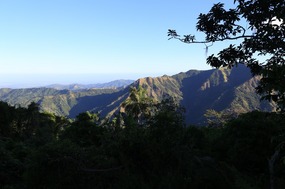

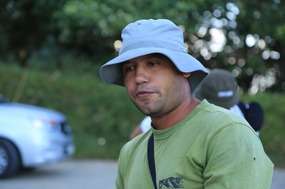
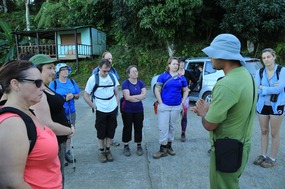
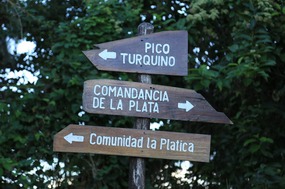
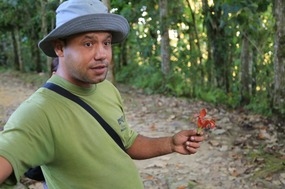
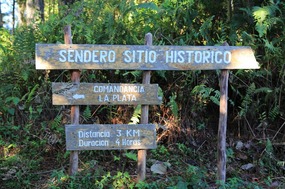
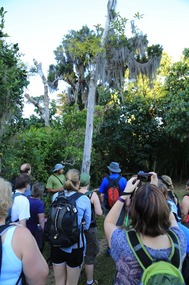
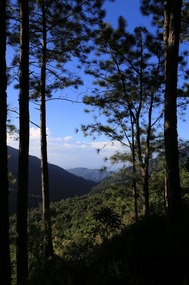
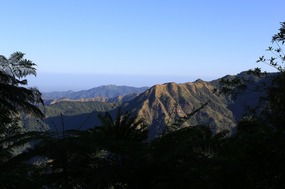
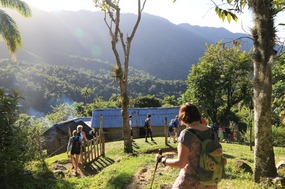
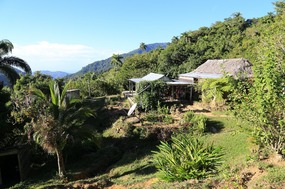
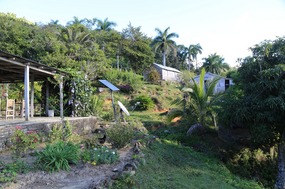
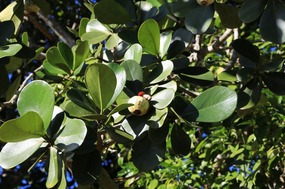
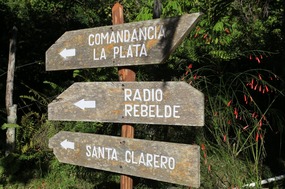
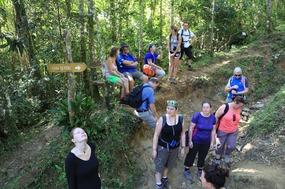
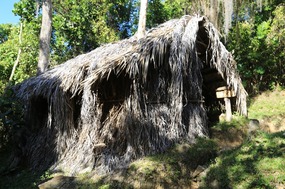
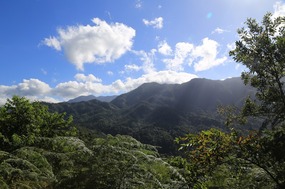

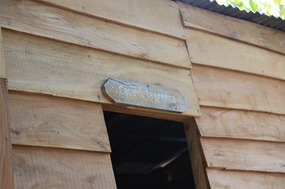
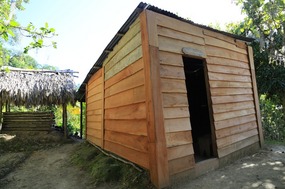
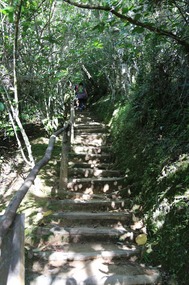
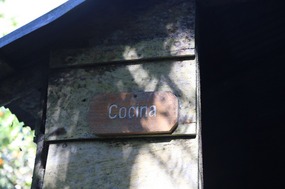
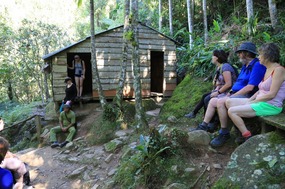
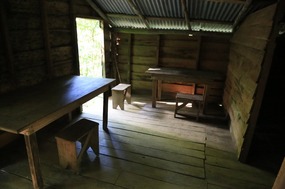
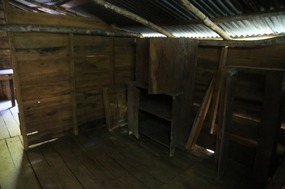
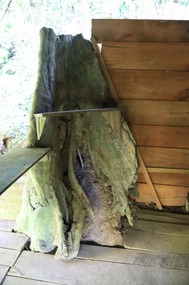

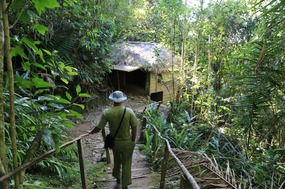
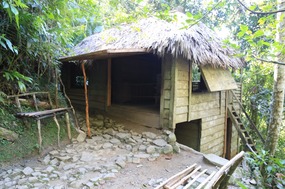
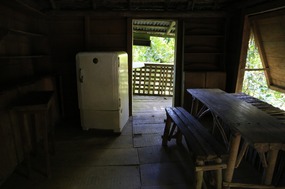



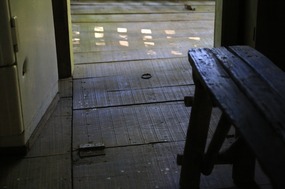
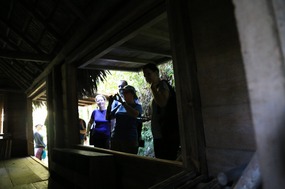
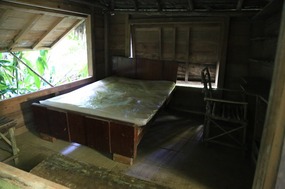

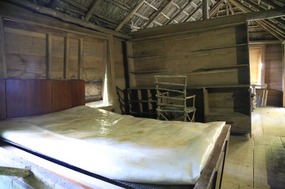
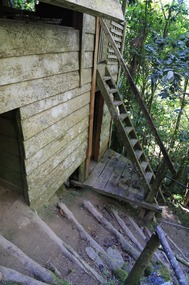
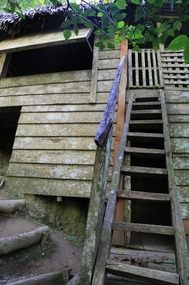
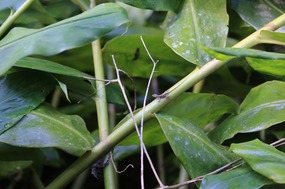
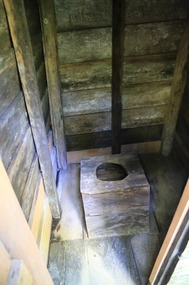
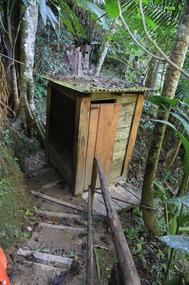

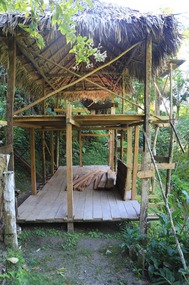
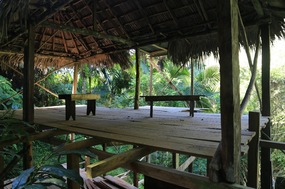
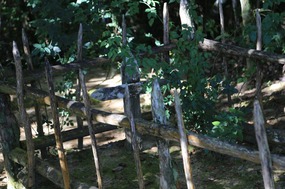
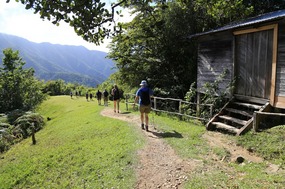
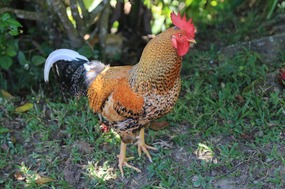
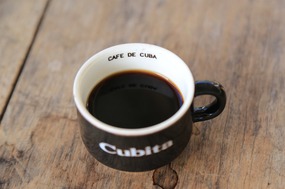
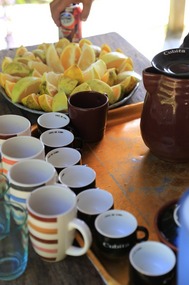
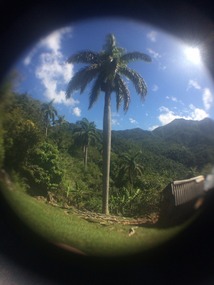

2025-05-22